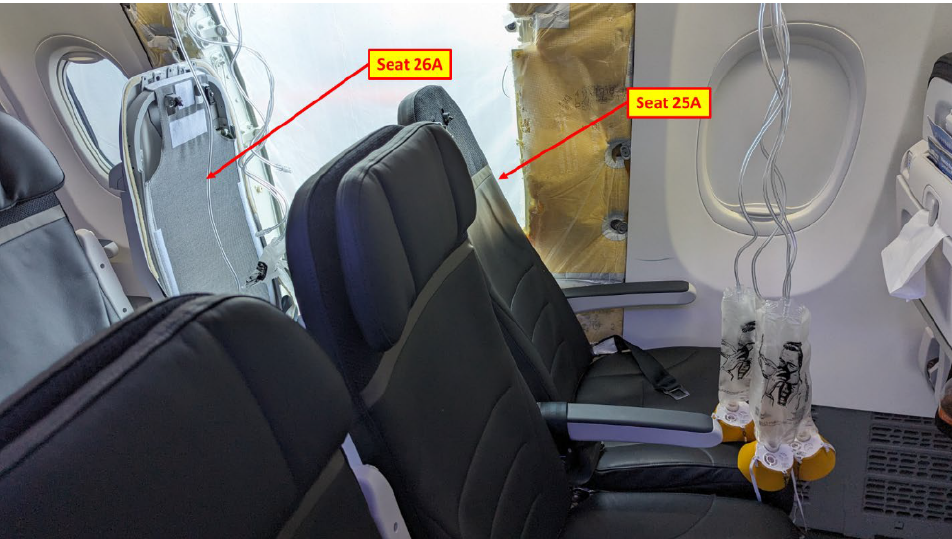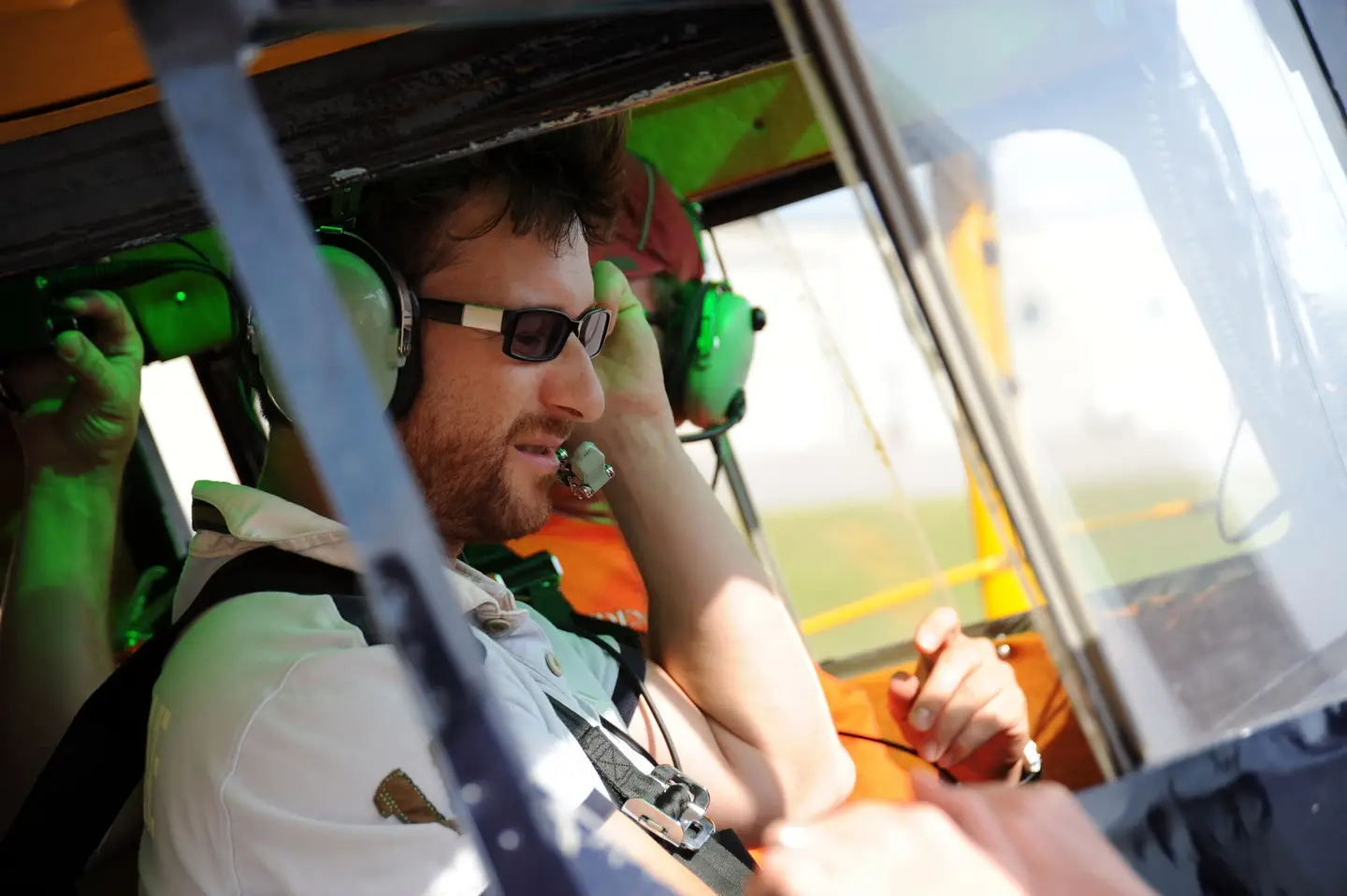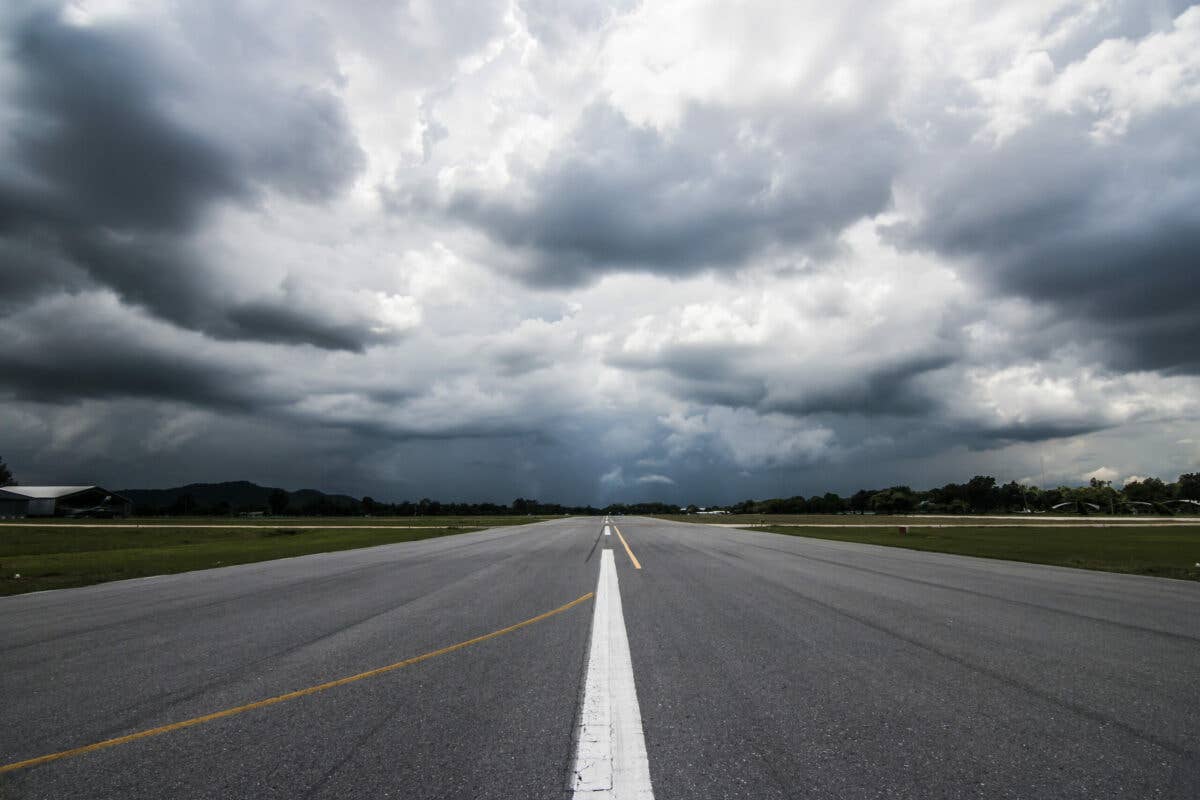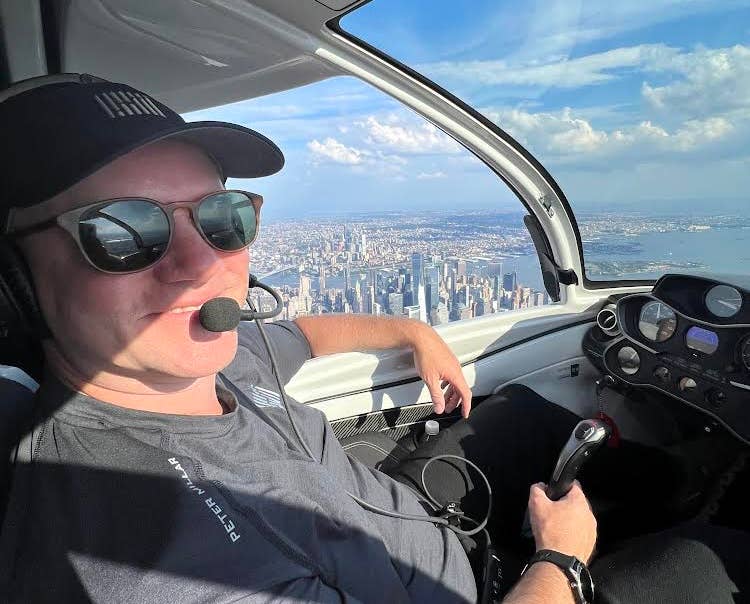Going Direct: NTSB Preliminary Report On Kobe Bryant Crash. Why The Big Surprise Is No Surprise At All To Pilots
For many pilots, the mountains of data confirmed an early belief.
The NTSB preliminary report on the crash that claimed the lives of former basketball superstar Kobe Bryant and his daughter Gianna, along with seven other people, is out. The details, including the photographs, are shocking. But to people who have witnessed, studied and reported upon such tragedies, they are not unexpected. The magnitude of the physical forces associated with the crashes of aircraft at high speed and out of control into terrain defies easy understanding. So the efforts of people---the women and men who investigate these disasters---including those of our own NTSB---the greatest accident investigative body in the world---should never go unrecognized. As is the case with many governmental organizations, the NTSB has limited resources, which they allocate as best as they can. Sometimes they don't do enough. Sometimes, as when an airplane simply vanishes, there's not enough evidence to do anything but put together timetables and engage in a high-tech educated guessing.
Such was not the case with the flight of N72EX---the Sikorsky S-76 twin-turboshaft, nine-passenger helicopter carrying nine human beings, including one of the most well-known people on the planet---the resources were simply there. People wanted answers, and it is not in the NTSB's DNA not to provide them. Nor is it outside of their abilities to target expenditures selectively, as they have with high-profile accident investigations through the decades.
With that in mind, it was to be expected that the NTSB brought its remarkable skills, resources, and technology to bear upon finding the cause of the accident. At the time of the release of the preliminary accident report, the docket containing all of materials related to the NTSB's probe into the mishap contained more than 3,000 written pages, hundreds of photographs, video recordings, drone re-enactments of the flight and millions of data points on the flight, the weather at the time of the flight, along with recordings of the exchanges between the pilot, Ara Zobayan, and air traffic controllers along his route of flight. Keep in mind that this is the preliminary, factual report on the accident. The final report, which contains the NTSB's statement of probable cause, usually comes out about a year after the accident.
The factual report is remarkable for its thoroughness, yes. But perhaps the big takeaway in spite of all the noise is this: There are no real mysteries behind this crash. If anything, what is most haunting about it is that for its reams of printed pages and gigabytes of data, the preliminary report leads us back to the same best guess many of us made upon first learning of the bare details of the crash that Sunday morning more than two weeks ago. That is, the crash had all the hallmarks of one of the most common and preventable accident types, what is known in the aviation community as "continued VFR (visual flight rules) into IMC (instrument meteorological conditions)."
The mainstream media's fascination with the fact that the NTSB found there was no engine failure based on its examination of the debris is, frankly, laughable. How incredibly unlikely would it have been that when lost in the fog in mountainous terrain--- while flying a complex machine by reference to the outside world, which has just disappeared from view---that at the very moment you're about to hit the ground unless you do something outside of the regulations to avoid it, both engines in your helicopter fail? Adding to that improbability is that the pilot never mentioned engine trouble during the flight, and there is no record of any concerns over the condition of the engines before the flight. The lack of evidence of engine failure was not news.
What is news is that the factual data support the theory that the crash was mostly like a VFR into IMC mishap. In such accidents, a pilot who is flying in clear weather under visual flight rules begins to encounter cloudy skies that would legally require the flight be flown under instrument flight rules, which requires special permission, called a "clearance," from air traffic controllers.
The danger is that pilots will, and in fact often do, lose spatial orientation, becoming unable to control the aircraft by reference to the instruments alone, once visual cues we normally use for keeping the aircraft under control are lost. Once control is lost, the rapid onset of a catastrophic loss of control incident is often, I would venture to say, almost always impossible to counteract. In layman's terms, in many cases, once the aircraft begins to go badly out of control, that loss of control quickly becomes unrecoverable and catastrophe follows.
The mystery at the time for aviation experts, including myself, was why the pilot did not make the flight under instrument flight rules, which as an experienced, commercial pilot we all assumed---and rightfully so, as it turned out---he was trained to do and proficient at. We did not know that the company operating the flight, Island Express, did not have instrument flight authorization as part of its operating certificate with the FAA. I was surprised when a few days later I learned that few, if any, Southern California charter companies had such approval because, it has been reported, the cost and complexity of earning them and flying under IFR is prohibitive to both charter company and charter customer.
So, no, I wasn't surprised to read the details of the NTSB preliminary report. The gist is that Zobayan flew into worsening weather conditions of low visibility, lost visual reference to the ground, got lost and probably disoriented and in the process lost control of the helicopter, which crashed at high velocity into high terrain he had stumbled into. It's an accident type as old as aviation itself.
But a VFR into IMC accident as prominent as this one should serve, in fact, needs to serve, as a call to action among all in aviation to find ways to eliminate such mishaps, which so often result in catastrophic crashes, as this one did.
Subscribe today to Plane & Pilot magazine for industry news, reviews and much more delivered straight to you!

Subscribe to Our Newsletter
Get the latest Plane & Pilot Magazine stories delivered directly to your inbox






